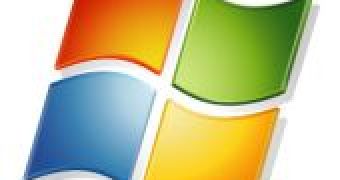Microsoft is going to give OEM activation quite a bump, version-wise, in the next major version of the Windows client.
According to various sources, Windows 8 will feature OEM Activation 3.0 (OA 3.0). This piece of information has not been confirmed by the Redmond company, officially or otherwise.
Windows 7 offered original equipment manufacturers the possibility of using OA 2.1, while Windows Vista came with OA 2.0.
In this regard, I’m extremely curious to see whether the bump from 2.1 to 3.0 for OA will be reflected by the actual evolution of the technology which allows OEMs to activate the copies of Windows 8 they’ll pre-install on new computers.
OEM Activation 3.0 for Windows 8 was mentioned by sp3ciali5t, and our friend Ankur Mittal managed to find a job posting from Microsoft which seems to confirm the versioning jump from 2.1 to 3.0.
Users must already know that Microsoft offers a variety of methods for activating its Windows operating systems.
One of them is referred to as System-Locked Pre-installation (SLP) OEM Activation, and is only available to original equipment manufacturers.
Essentially, through OA, OEMs effectively bundle together a specific copy of Windows with a PC’s motherboard.
Windows copies shipping on OEM machines are inherently tied to the motherboard, and cannot be moved to another computer. Even consistently upgrading an OEM PC can get Windows to claim that it’s no longer genuine, with the changes made resulting in an overhauled machine being regarded as equivalent to a new computer.
Here is the definition Microsoft provided for OA 2.1:
“Original Equipment Manufacturer (OEM) activation is a perpetual, one-time activation that associates Windows 7 with the firmware (BIOS) of a computer.
“This occurs before the computer ships to the customer, so the end user or organization is not required to take any additional actions.
“The copy of Windows 7 that the OEM installs on a computer is valid only on that particular computer, and it can be reinstalled and reactivated only from the OEM-provided recovery media.”

 14 DAY TRIAL //
14 DAY TRIAL //